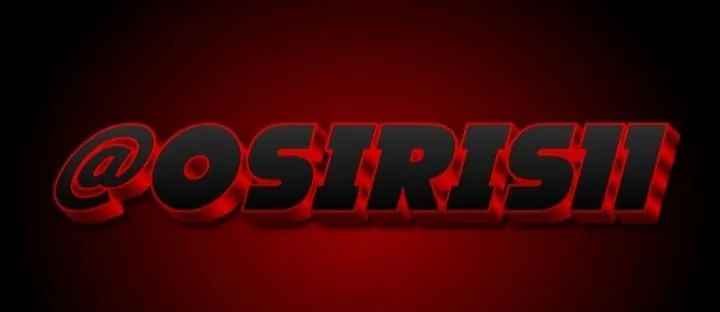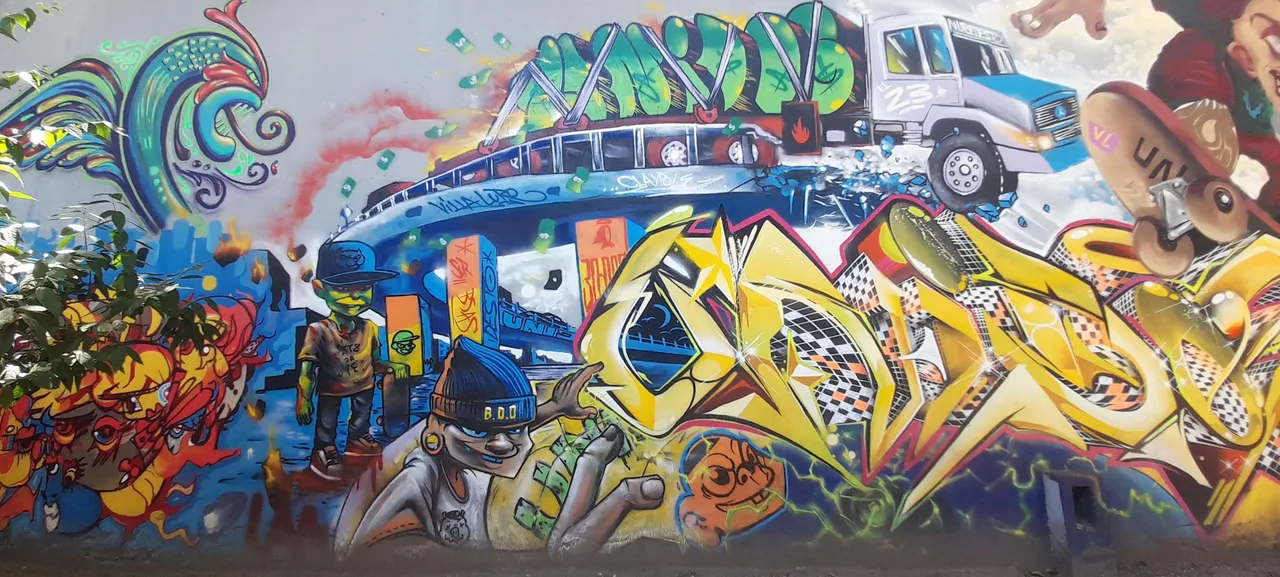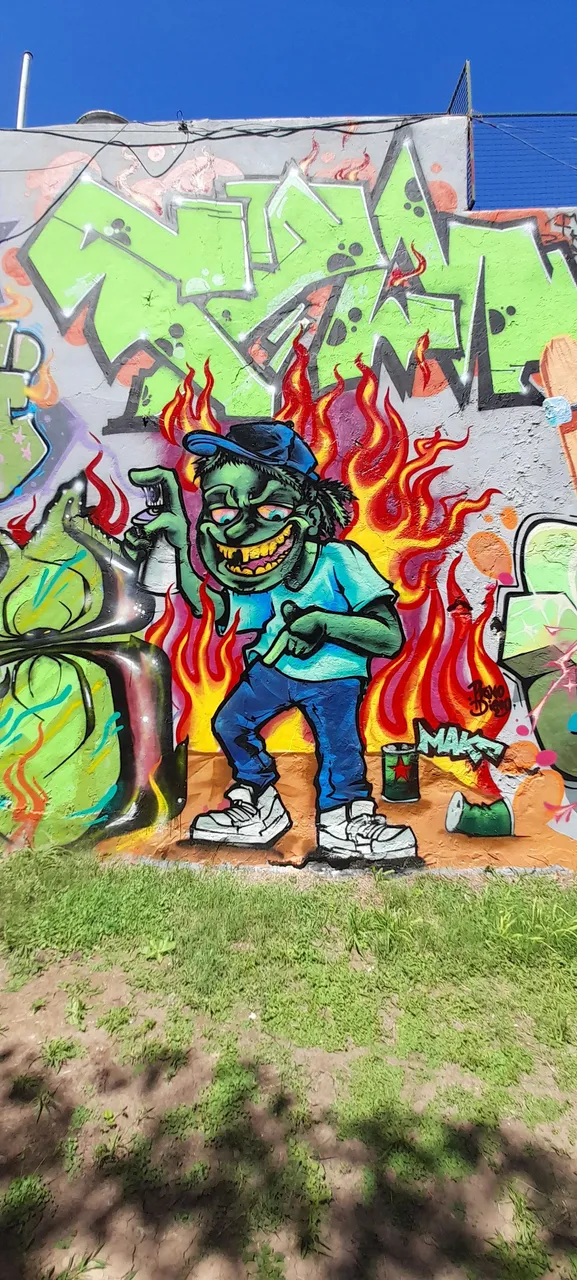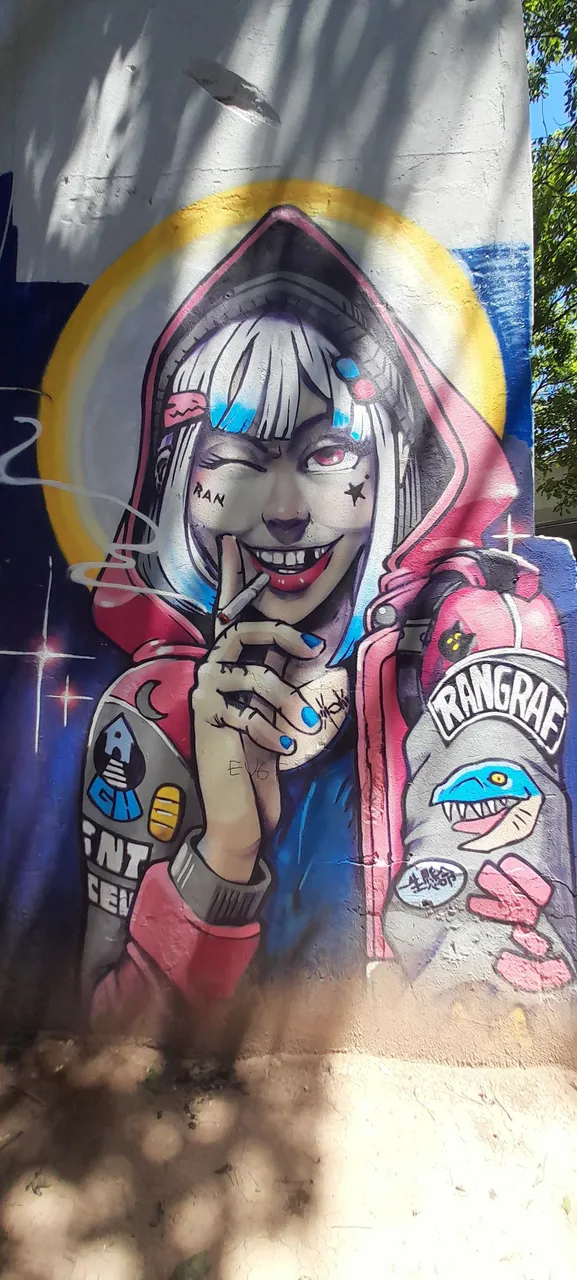¡Hola a todos! buen comienzo de semana. Hoy quiero hablarles sobre el grafiti, una forma de arte que ha estado presente en nuestras calles durante siglos. Voy a contarles cómo comenzó en la antigua Roma, cómo se desarrolló en Estados Unidos y cómo llegó a Argentina.
![English]Hello everyone! I hope you're having a good start to the week. Today, I want to talk about graffiti, an art form that has been present on our streets for centuries. I’ll tell you how it started in ancient Rome, how it developed in the United States, and how it arrived in Argentina.
Primero, vamos a dar un vistazo al grafiti en la antigua Roma. Aunque no tenían aerosoles ni pinturas como hoy, la gente ya estaba dejando sus mensajes en las paredes. Usaban herramientas metálicas para raspar o grabar en las paredes, columnas y edificios. Esos grafitis solían incluir mensajes políticos, bromas o nombres. En esencia, era una manera de comunicarse y dejar una marca en la historia.
![English] First, let’s take a look at graffiti in ancient Rome. Although they didn’t have spray paints or modern paints, people were already leaving their messages on the walls. They used metal tools to scrape or carve into walls, columns, and buildings. These graffiti often included political messages, jokes, or names. Essentially, it was a way to communicate and leave a mark on history.
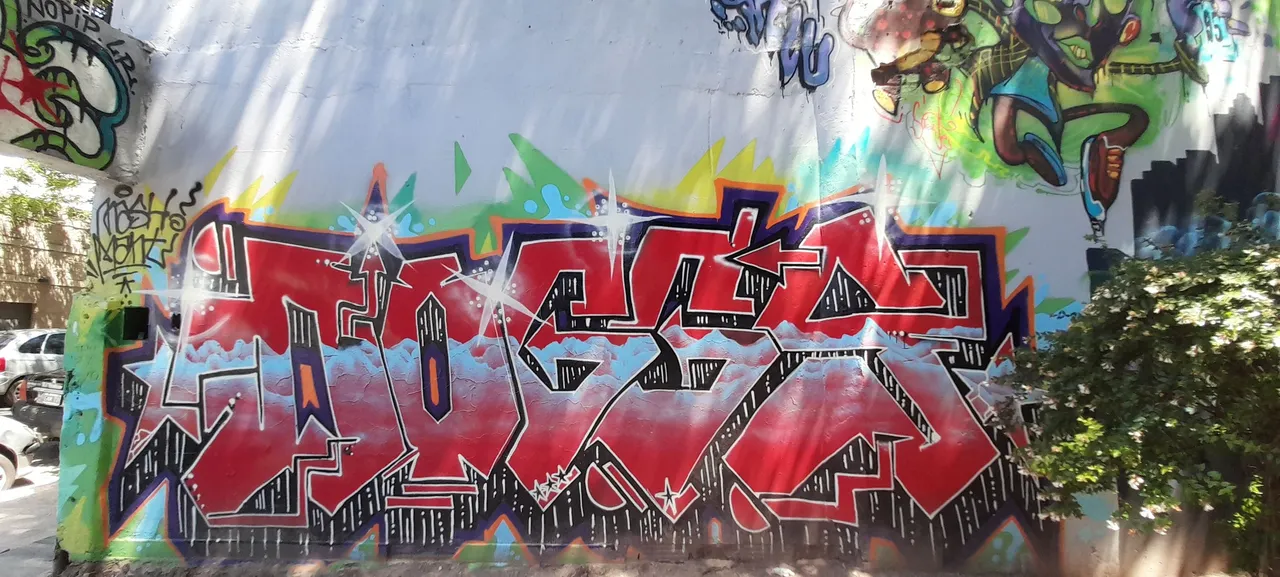
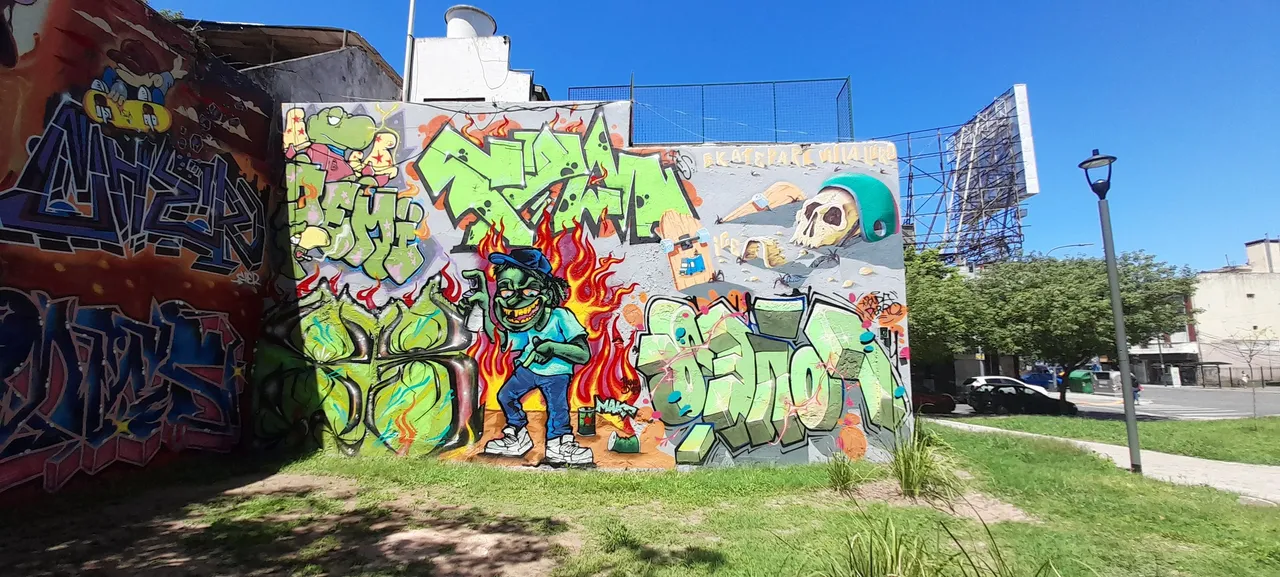
El grafiti moderno comenzó a formarse en Nueva York en la década de 1960. En los barrios de Brooklyn y el Bronx, los jóvenes empezaron a escribir sus nombres o "tags" en las paredes y trenes. Estos tags no solo servían para mostrar quiénes eran, sino también para hacerse notar en una ciudad muy grande y a menudo difícil.
El grafiti en Nueva York comenzó como una forma de expresión personal y se convirtió en una forma de arte que se reconoció a nivel mundial. Los jóvenes querían hacerse ver y mostrar su creatividad, y el grafiti se convirtió en una forma de reclamar su lugar en la ciudad.
![English]Modern graffiti began to take shape in New York in the 1960s. In the neighborhoods of Brooklyn and the Bronx, young people started writing their names or 'tags' on walls and trains. These tags not only served to show who they were but also to make themselves noticed in a very large and often challenging city. Graffiti in New York started as a form of personal expression and evolved into an art form recognized worldwide. Young people wanted to be seen and showcase their creativity, and graffiti became a way to claim their place in the city.
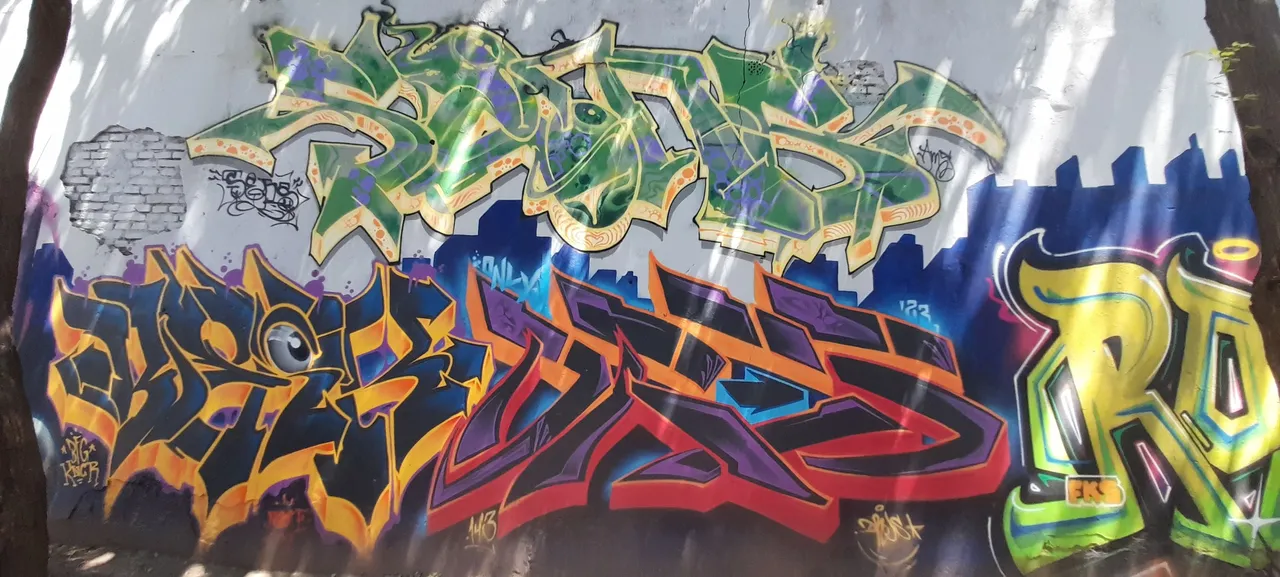
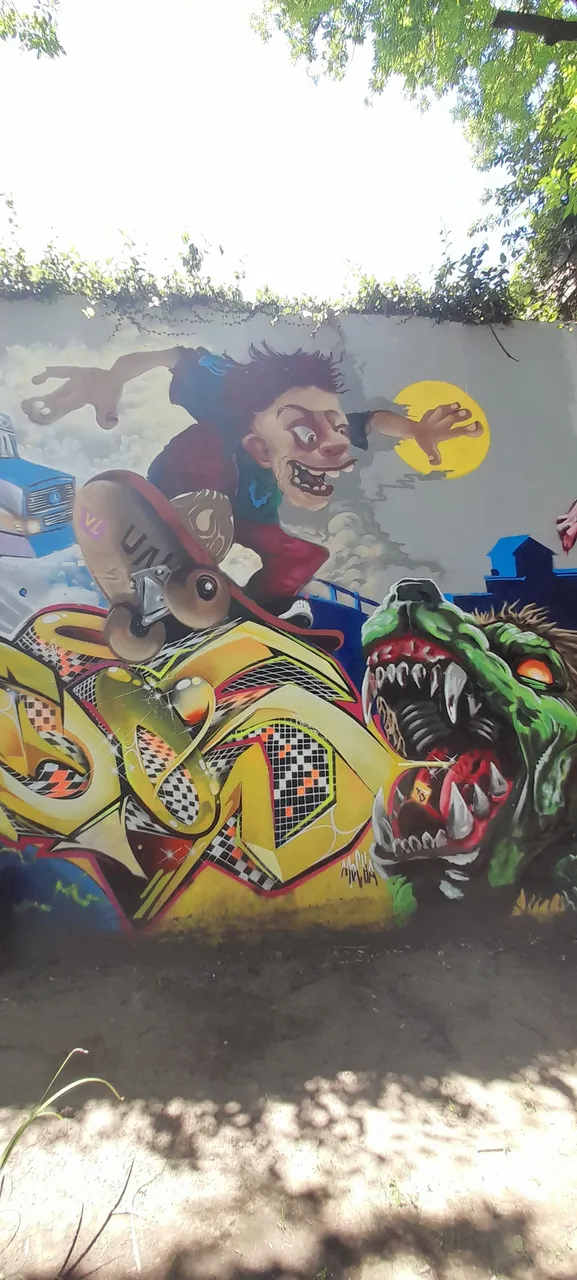
El grafiti llegó a Argentina en los años 80, cuando el país estaba pasando por muchos cambios después de la dictadura militar. En ese momento, el grafiti se utilizó para expresar opiniones sobre la política y la sociedad. En Buenos Aires y otras ciudades, los artistas comenzaron a usar las paredes para expresar sus ideas y emociones.
Con el tiempo, el grafiti se fue diversificando. Empezaron a aparecer diferentes estilos, desde dibujos artísticos hasta mensajes abstractos. El grafiti en Argentina no solo se convirtió en una forma de arte, sino también en una manera de que la gente se exprese y se haga escuchar.
![English] Graffiti arrived in Argentina in the 1980s, during a time of significant change following the military dictatorship. At that time, graffiti was used to express opinions about politics and society. In Buenos Aires and other cities, artists began using walls to convey their ideas and emotions. Over time, graffiti diversified, with various styles emerging, from artistic drawings to abstract messages. Graffiti in Argentina not only became a form of art but also a way for people to express themselves and make their voices heard.
